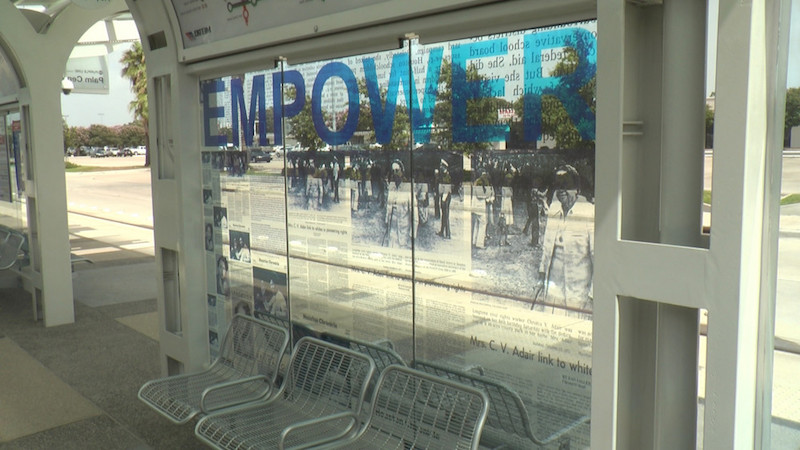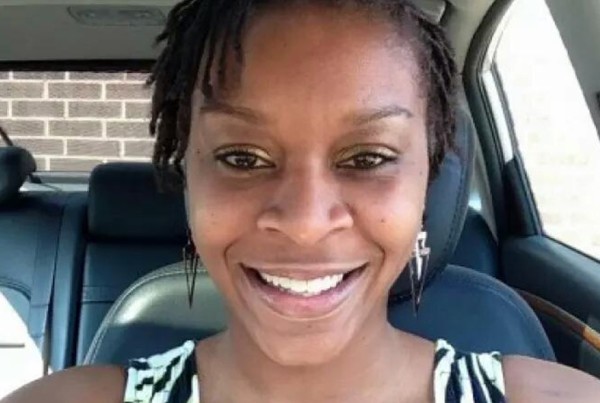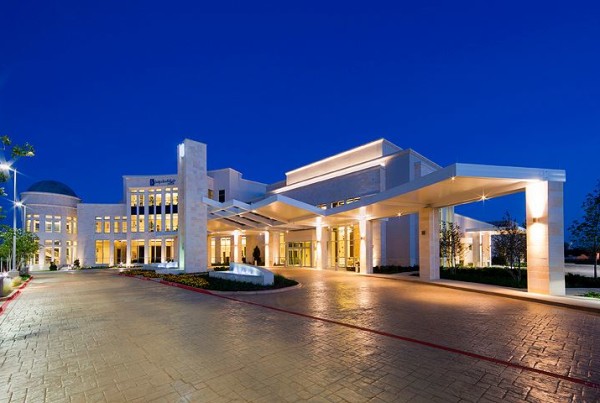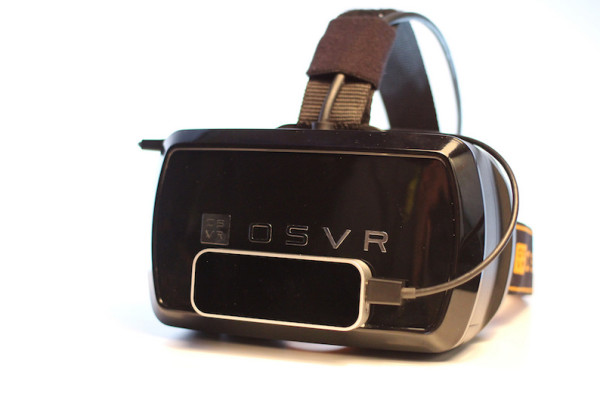This story originally appeared on Houston Public Media.
Heading up to Metro’s Palm Center station on Griggs Road south of the Third Ward, it’s not difficult to make out the word “Empower” written in large blue letters across the top of the acrylic glass behind the benches.
On this particular day, artist Carroll Parrott Blue and historian Dr. Merline Pitre are sitting on those benches, trying to stay shaded from the blinding morning sun. The two women were part of the team in charge of creating the artwork at the location, centered around influential women during the civil rights movement in Houston. It’s a collage of historical newspaper and magazine articles and photographs, one of which really resonates with Blue.
“Hattie Mae White is one of the people that we emphasized,” she says. “And I knew Mrs. White because my mother was one of the multiple foot soldiers that worked with her when she decided to run for the school board here in Houston.”
As a leading voice in the fight for school desegregation, White was the first African American in Houston to serve in public office, being elected to the school board in 1958. She was reelected again in 1961 and 1964.
To Blue, the words and pictures serve more than one purpose.
“It’s designed in a way that, if you want to look at it and enjoy it, you can. If you want to go deeper, there’s a little history that’s hidden that you can use,” Blue says. “And if you want to go even deeper than that, you can take those names down and then start researching who these people are.”
Next stop: The Coffee Plant/Second Ward station on Harrisburg, along the new East End line. That’s where Jesse Sifuentes was standing, sporting a straw fedora and flip flops. He’s lived in the neighborhood for decades and even has a mural on a building around the corner.
On the ground of the platform, tiles are cut into the shape of coffee cups.
“With coffee being a big industry in the East End, I put the coffee business in there,” Sifuentes says. “And I put a coffee cup on a ship, I put a coffee cup on the railroad, and I put a coffee cup on a truck.”
That’s because on any given day, when the wind blows in the right direction, the aroma of the nearby coffee roasting plant can be smelled from a few miles away. But that’s not the only nod to the East End Sifuentes has included. Printed on the wind screen behind the benches are images of magnolias. He says that Harrisburg was once lined with the elegant Southern trees all the way from downtown to the end of the street.
The projects are all part of Metro’s $1.7 million Art in Transit program, which has given 22 local artists exposure by displaying their work at the different rail stations around town. They were only asked to do it in a way that reflects the soul of the surrounding neighborhoods.
But the project also included stops that were already open, such as the one in the Theater District on Rusk. Conceived by the husband-wife team of Sharon Engelstein and Aaron Parazette, the groundwork displays colorful geometric images in warm colors of rust and gold. But stepping closer and looking more carefully, the words such as “sprawl,” “trade,” and “rapid” pop out.
Engelstein and Parazette don’t collaborate on projects too often, but this one caught her attention.
“I’m always looking for good opportunities for public art proposals,” Engelstein says. “I think I asked Aaron to collaborate with me on this. I thought it made more sense, given that he’s a painter.”
Parazette adds that the city has been good to them for the past 25 years.
“We’ve really made our lives as artists in Houston,” he says. “It seemed like a wonderful opportunity to have a project in the city, to give back to the city in some way.”















